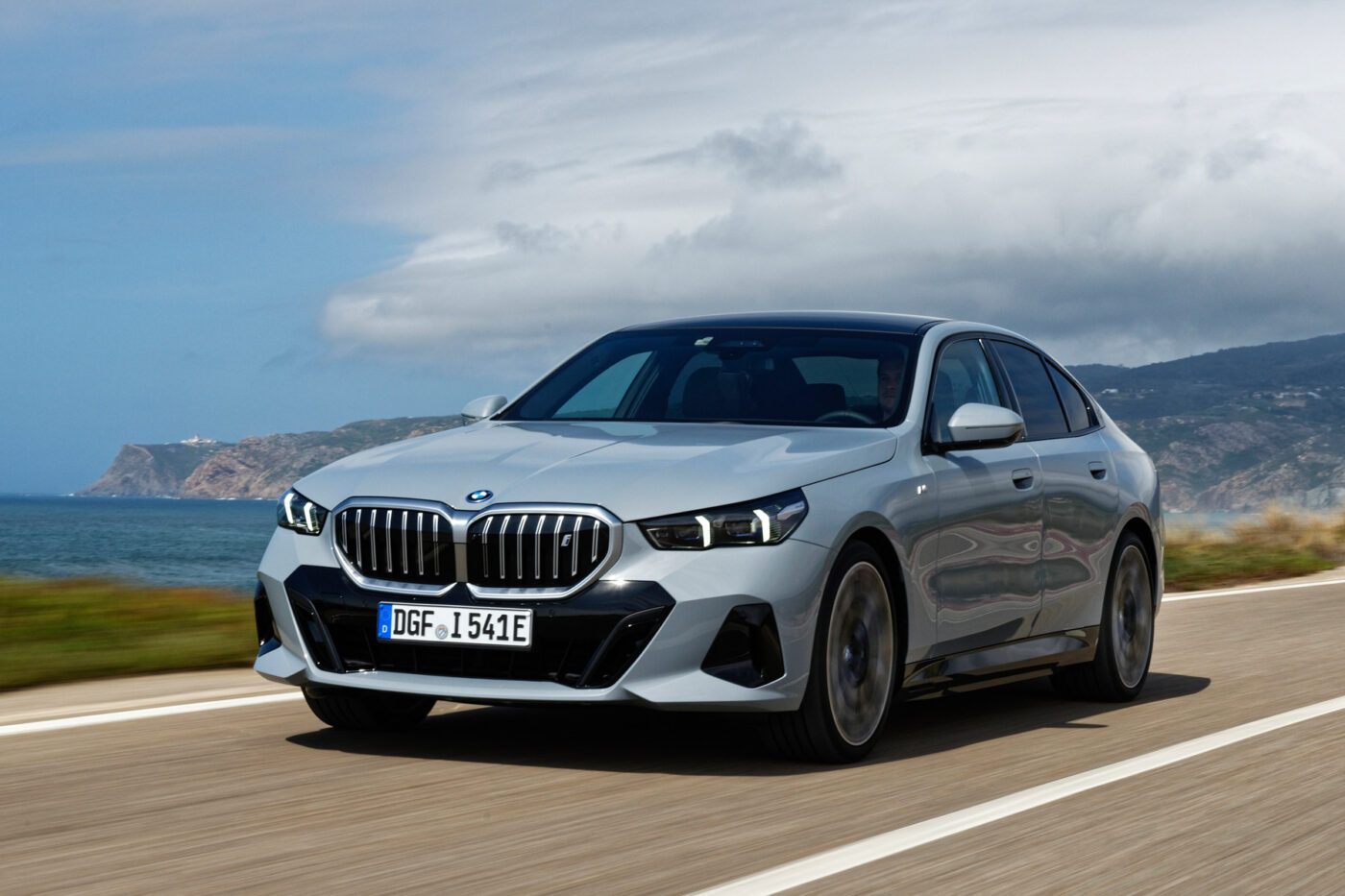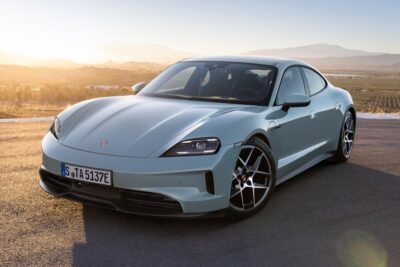ACEA: EV registrations rise by 20 per cent
In total, ACEA has recorded 1,300,188 new battery-electric vehicles so far this year, maintaining the steady share of 16.1 per cent. The association notes that this is “still below the pace required at this stage of the transition”. At the end of August, when 120,797 electric cars were newly registered, total BEV registrations stood at 1,132,603 – the one-million-mark had already been surpassed in July.
By comparison, last year only 13.1 per cent of all new registrations by the end of September were battery-electric cars. With a growth rate of three percentage points per year, the EU target of all new cars being zero-emission from 2035 would indeed be unattainable. However, a more dynamic market development is likely, influenced by numerous factors – price, range and charging speed of new electric cars are all visibly improving.
This development was driven primarily by three of the four largest BEV markets, which together account for 62 per cent of all new electric car registrations in Europe: Germany (+38.3 per cent), Belgium (+12.4 per cent) and the Netherlands (+3.9 per cent) saw growth, while France as another major market recorded a small decline of 0.2 per cent over the year – despite 11.2 per cent growth in September.
Also according to ACEA , hybrid electric vehicles remained the most popular powertrain among buyers. That is technically correct. No other powertrain has a larger share of new registrations, at 34.7 per cent. However, vehicles classified as hybrid electric vehicles (HEVs) include those with a very low degree of electrification, such as 48-volt mild hybrids. These often use the electric motor only to assist the internal combustion engine briefly and cannot drive purely electrically – effectively making them combustion-engine vehicles counted as hybrids.
These hybrids accounted for 2,793,079 new registrations this year, driven mainly by France (+28.2 per cent), Spain (+28.1 per cent), Germany (+10.6 per cent) and Italy (+9.2 per cent). Conventional petrol and diesel vehicles have, on paper, lost share.
The number of separately recorded plug-in hybrids also increased: 722,914 units represent a nine per cent market share so far this year, compared with only 6.9 per cent by the end of September 2024. “This was driven by increases in volume for key markets such as Spain
(+105.2%), Germany (+63.9%), and Italy (+72.6%),” ACEA notes.
The ACEA data also reveal another fact: Europe’s largest electric car market is not in the EU. With 72,779 new electric cars, the United Kingdom has clearly outpaced Germany as the largest single EU market, which recorded 45,495 registrations.
In the manufacturer statistics, ACEA no longer separates by powertrain, so only statements on pure EV manufacturers can be made. Across all powertrains, the VW Group leads with 241,368 units (+11.1 per cent), though these are not purely electric numbers. As BYD (13,221 new registrations, +272.1 per cent) now also sells plug-in hybrids, Tesla’s figures can be interpreted as pure EV sales – the US manufacturer continues to offer only fully electric vehicles.
With 25,656 new vehicles following over 31,500 registrations in September 2024, Tesla’s declines continue but are “only” 18.6 per cent below last year. The pace of decline has slowed significantly, as Tesla has 111,328 new registrations so far this year, 38.7 per cent below the previous year. Despite the decline, the Model Y remains among the best-selling electric cars, although demand has eased.
acea.auto (PDF)
This article was first published by Sebastian Schaal for electrive’s German edition.





0 Comments